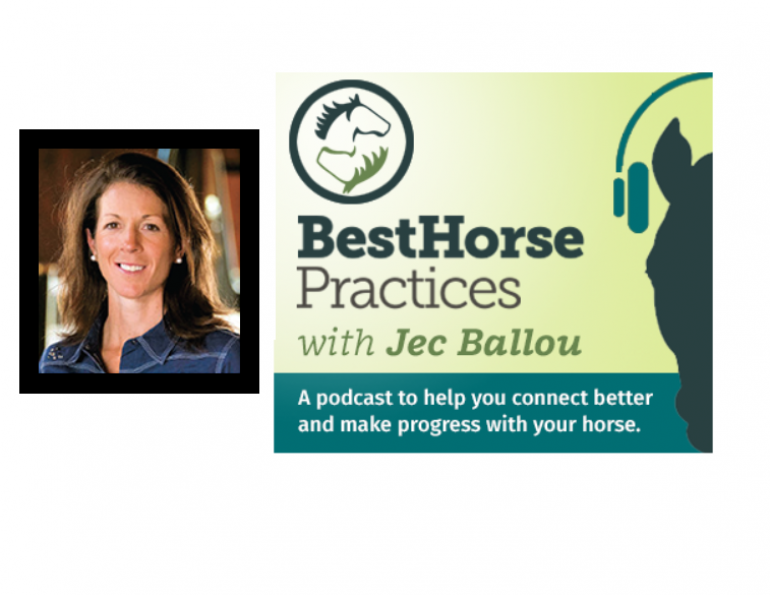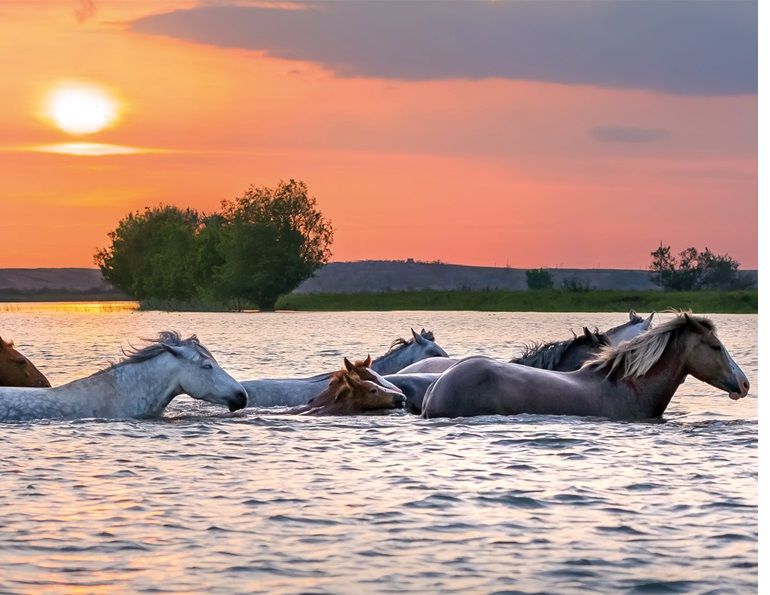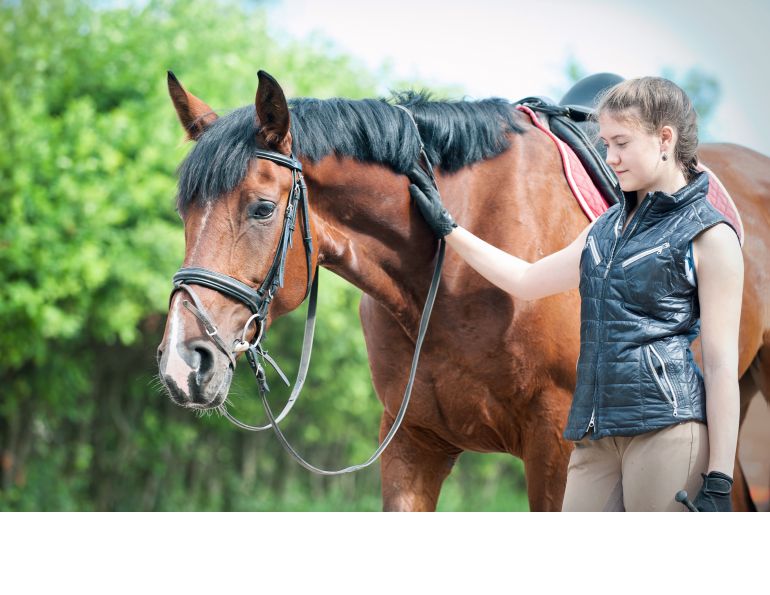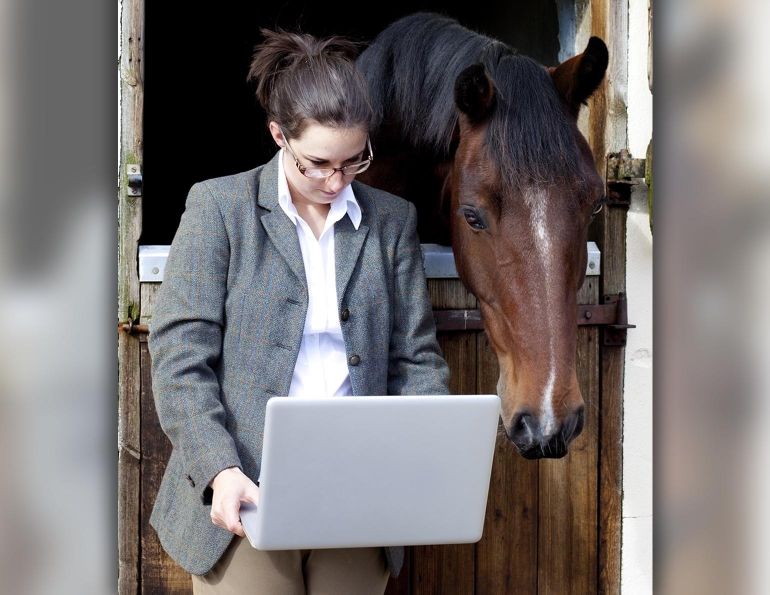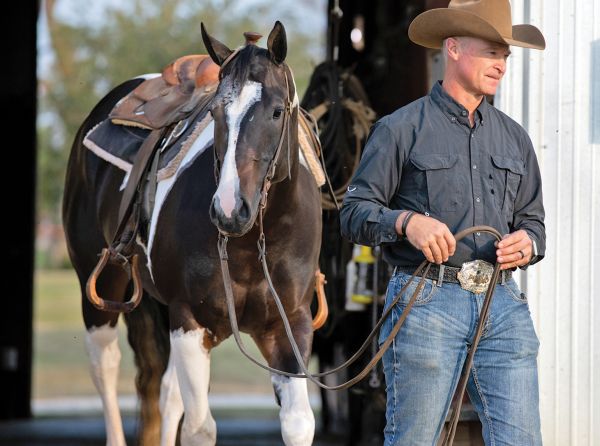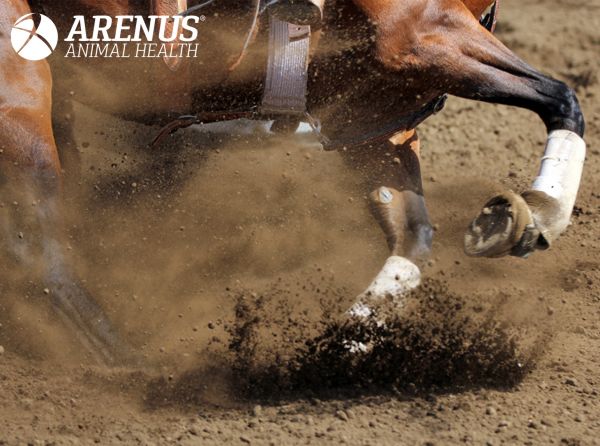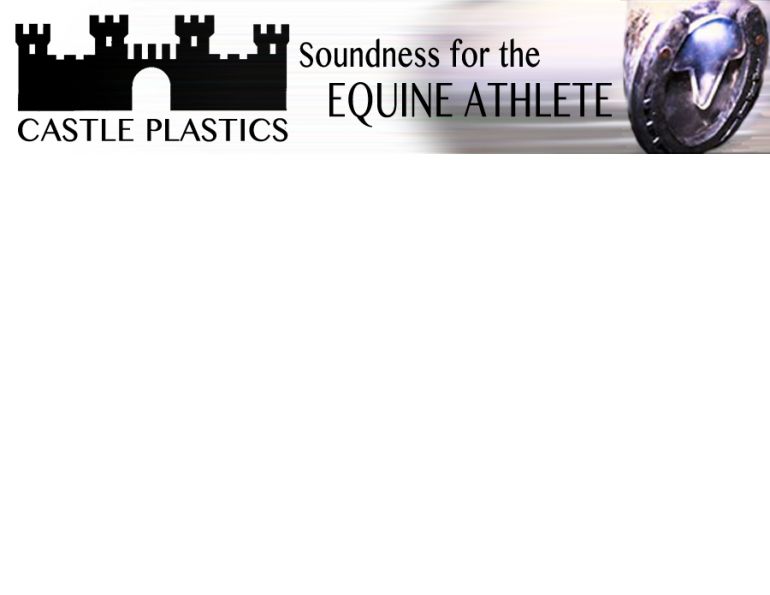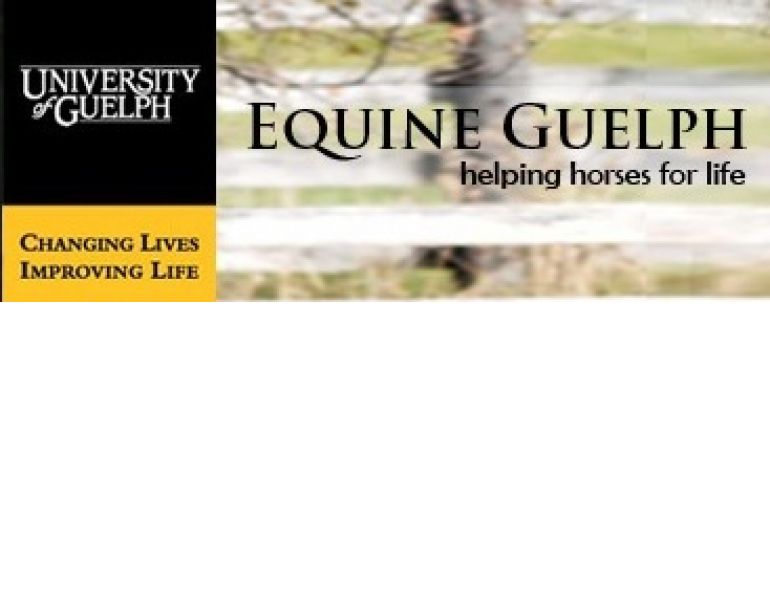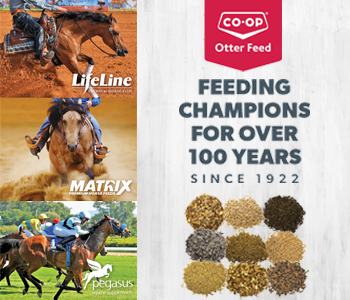Article and photos by Shawn Hamilton, Clix Photography
Taking photos of horses is easy right? Just point your camera at the horse and snap away. You will indeed have photos of horses, but will you want to post, share, or hang them on the wall? The following guidelines will help improve your equine photography with any type of camera, including your phone.
HAIR AND WARDROBE
Have you ever looked at your photos and thought: If only I had washed off that manure stain, brushed his mane and tail, and had the farrier out before taking these photos?
Take the time to bathe the horse, allowing ample time for his coat to dry. Brush the body, mane, tail, and forelock. Wash the hooves and pick them out. Clean the eyes and nostrils with a cloth and keep it handy during the shoot. If you apply fly spray, do it sparingly to avoid wet, shiny spots that will reflect the light.

Preparation pays off. A clean horse with clean, well-fitted tack and a neatly turned-out rider contribute to a pleasing photo.
Tack should be clean, in good shape, and well-fitted, with all straps buckled up and loose ends tucked in. Avoid chains over the horse’s nose and lead ropes with large clips. Hanging the lead rope lower than the horse’s head will make it easier to remove in editing. If you are using a bridle, it is more pleasing to have the reins over the horse’s head and even, as uneven dangling reins can be a distraction.
GET HELP
For portrait and conformation shots, have one or two assistants on hand to make the job easier — one to handle the horse, and the other to get the horse to look alert with ears forward. Shaking feed in a bucket, waving a small plastic bag on the end of a lunge whip, shaking leaves on a branch, or throwing a hat or cloth in the air should get the horse’s attention. If you have a whinny ringtone on your phone, use the longer version. Set yourself and your camera up in advance of using these tools as many horses quickly grow bored of them.
TECHNIQUES AND SETTINGS
Location and Positioning
Avoid busy backgrounds that distract from the subject. Choose a simple location with just a few elements. Position the horse at a distance in front of the background so the horse is the main focus of the image. For black backgrounds, stand the horse in the lit area of a doorway opening to the barn or arena, and turn off all visible lights inside.
Lighting
Look for consistent lighting. Avoid shadows on the horse’s face and body. Often, the horse turning his head will cause a shadow on his neck. Position yourself and the subject in even light, either full sunlight or shade such as under a tree, but watch for shadows of leaves.
To adjust exposure on phone cameras, look for the sun icon next to the focus box — drag your finger up on that line to brighten the image, or down to darken it. On other cameras, adjust the exposure by using the plus/minus compensation dial (+ /-), which instructs your camera to lighten or darken the image at the settings you have chosen.
Related: Social Media Reels - a How-To for Equestrians
Portraits
Also known as head shots, portraits refer to photographs that typically only show the subject’s head and shoulders. Focusing on the eye is important — if you can position the horse where the light reflects in his eye, you’ll be happier with your results.

Clean and well-fitting tack with all buckles done up and loose straps tucked (as above) in make for a pleasing image.

For a black background, position the horse in the light in front of a doorway of the barn or arena. Turn off all viewable indoor lights to prevent distractions from the subject.
Handlers should stand well in front of the horse, allowing the lead rope to hang below the horse''s chin or out of sight on the far side of the horse’s shoulder.

A lower aperture helps to blur the background (as above) by decreasing the depth of field, or what is in focus from front to back. A simple background makes the horse the center of attention. Check your image to make sure there are no distractions to take the viewers’ attention away from the subject.
Related: Social Media Marketing for Equestrians
The most common mistake when shooting horse portraits is using a wide-angle lens. Although a wide-angle allows you to capture the entire head of the horse while you are standing next to him, it will distort the subject by making some parts narrower and others wider. Different focal lengths of lenses have different effects.
Focal length
This is the optical property of a lens, or the distance in which the lens can focus on a subject, whether close or far away. However, in order to do this the camera bends light in different ways, which can result in a distorted subject depending on the lens. A focal length of 85 mm works best for portraits.

The effect of a wide-angle lens (above) that can distort the subject. This was shot at 17mm.

Although a wide-angle lens is handy for head shots taken close to the horse, it can distort the subject (above). Standing further back can improve this yet will make some parts wider and others narrower.
Portrait mode
On phone cameras, portrait mode automatically uses a focal length of 85 mm and changes the aperture, which causes the background to blur. If you don’t have portrait mode on your phone camera, create some distance between you and the horse and then zoom in.
Related: How to Clip Your Horse
Aperture
This exposure setting refers to the opening of the lens, which determines how much light goes to the film or sensor and affects depth of field.

This image (above) was shot in portrait mode on an iPhone. The camera automatically changed the aperture to narrow the depth of field, creating a blurred background.

This is the same image (above) without portrait mode where everything in the image is in focus; a smaller aperture created a deeper depth of field.

Some phone cameras allow you to change the light when editing a photo in portrait mode. This photo (above) has been changed from natural light to contour light, shot in portrait mode, and edited on the phone.
Depth of field
This is a creative effect referring to the amount of your image, from front to back, that will be in focus. For instance, an aperture of 2.8 narrows the depth of field, focusing on a certain plane and blurring anything in front or behind that plane. If you focus on one part of the horse’s face (e.g., the eye), at an aperture of 2.8, the horse’s ears and muzzle may be soft (out of focus). The best aperture setting for a portrait shot if you want the background blurred is around F4 to F5.6.
When including a person in the portrait shot, have the model and horse the same distance away to allow for a wide aperture, shallow depth of field, and both subjects to be in focus while blurring the background.

When including a person with the horse, try to have them both the same distance from you. This will allow you to shoot at a wider aperture, narrowing the depth of field, and will help to blur the background. An aperture of F4 to F5.6 is a good start.
Conformation photos
Full body shots showing the horse’s conformation are often needed for passport photos for showing. Teaching your horse to stand still before you attempt conformation photos will make your life much easier.
Related: Buying a Horse?
This is typically a side angle shot showing all four legs and feet. It is important to choose a location where the feet can be seen — long grass will result in a photo of a horse without hooves. The edge of a driveway or a mowed path can work well.

Find an area with a simple background and place the horse a good distance in front of it to make the horse the main subject for a conformation photo.
Have the handler stand a distance in front of the horse’s head with the lead dangling lower than his head. Don’t worry if the handler is in your shot; as long as they are not blocking your view of the horse it will be easy to crop them out later.
Stand the horse in a manner that allows the viewer to see all four legs, avoiding a photo of a two-legged horse. Focus on the horse’s shoulder. If you would like the horse to look more majestic, stand him on a higher location such as a small hill so you can shoot from a lower angle.

Standing the horse on a hill for a conformation shot will make him look stronger and more majestic. Be sure to show all of the feet to avoid a photo of a hoofless horse.
Take a Look
The advanced technology of cameras allows us to look at images instantly. It is important to take advantage of this before continuing to shoot. Don’t worry about the ears just yet, make sure you like what you see in the camera first. Ask yourself: Is there anything in the photo that is distracting from the subject? If so, remove the distraction or reposition your subject.
Zoom in on your image to make sure your focus point is set to where you want it. On most cameras, focus points are moveable — they do not always have to be in the middle. Check your lighting and look for unwanted shadows. Once you are happy with what you see, ask your assistants to work on getting the horse’s ears forward.
I hope these tips encourage you to get out there and have some fun with your horse and camera.
If you have questions about equine photography, you’re welcome to contact me:
Shawn Hamilton
- Cllix Photography
- clixphoto7@gmail.com
- 905-925-5634
- Facebook - Shawn Hamilton
- Instagram - Shawn Hamilton
Our next article, coming early 2026, will explain more about composition, lighting, action and scenic photos of horses. Sign Up for The Hoofbeat E-Newsletter - Unique Stories, Fun Contests, Special Offers to be notified when this article is published.
Related: Essential Horse Clipping Tips for a Flawless Finish
Related: Horse Sales 101: Your Guide to Buying and Selling a Horse





